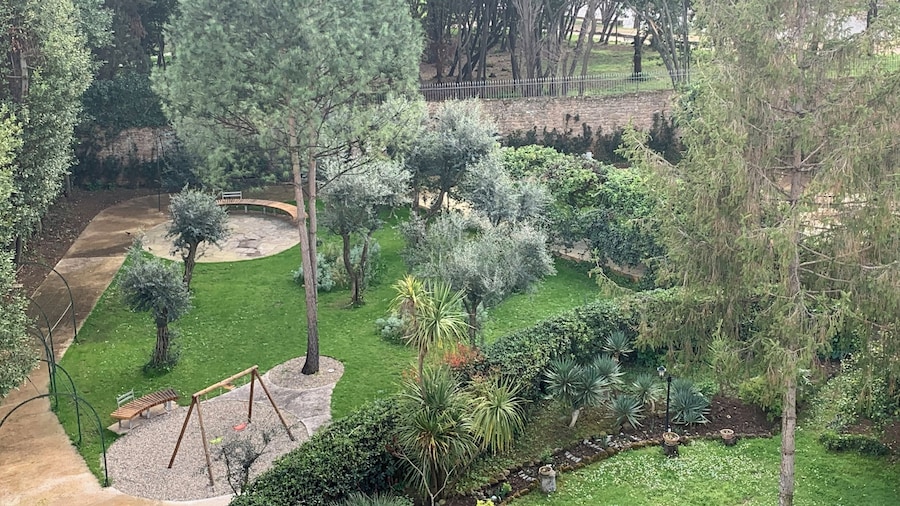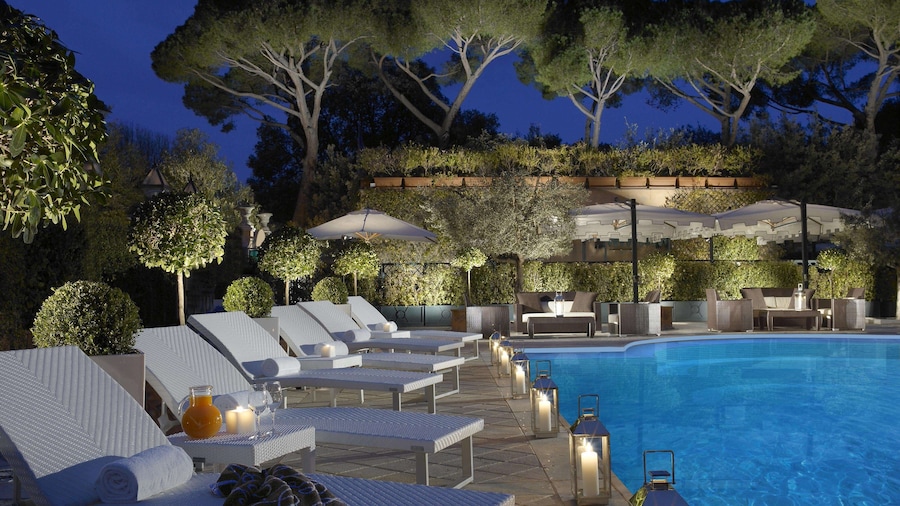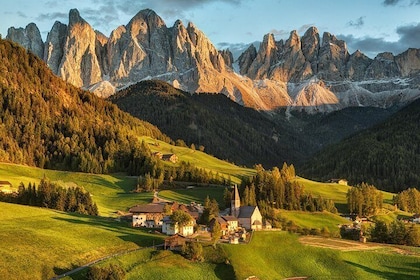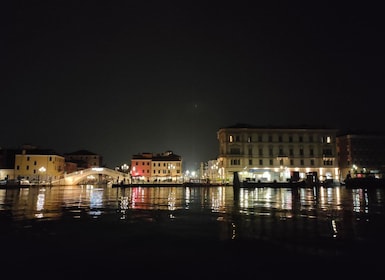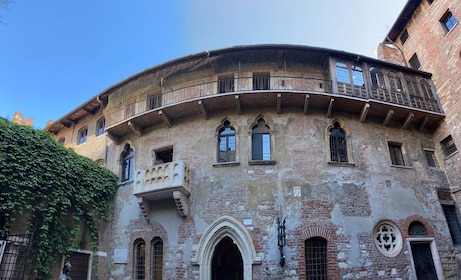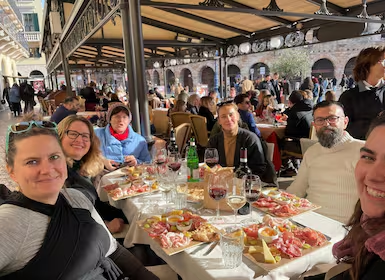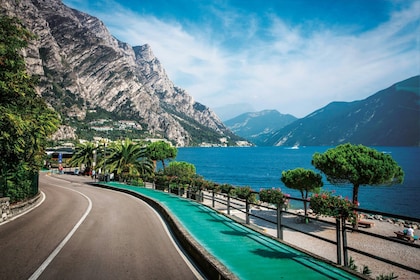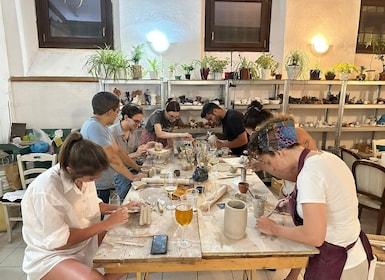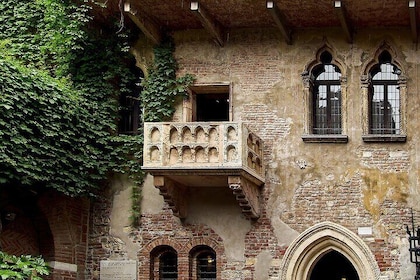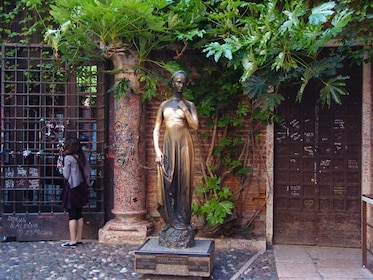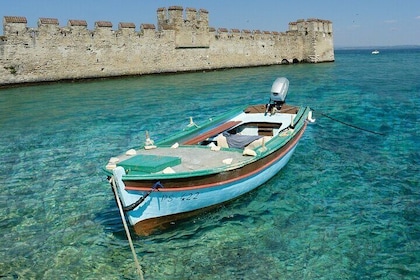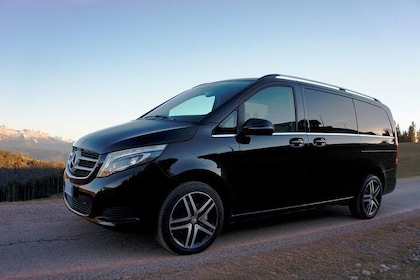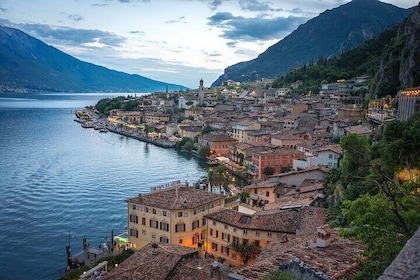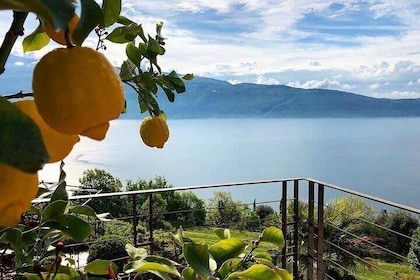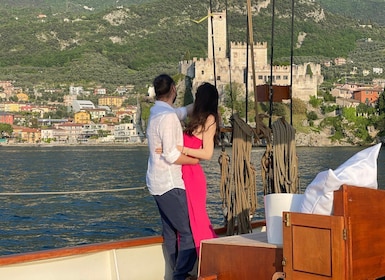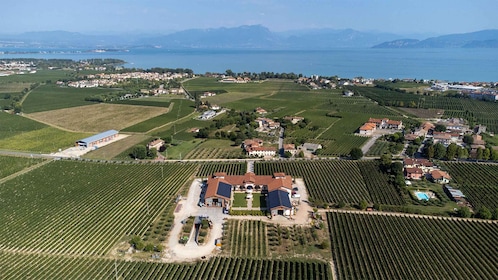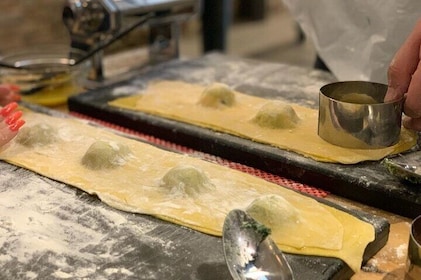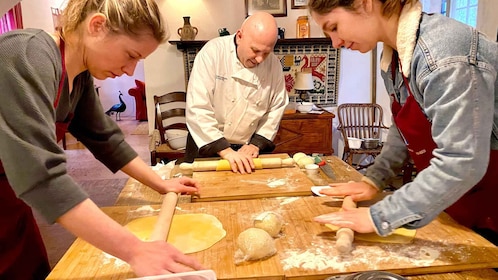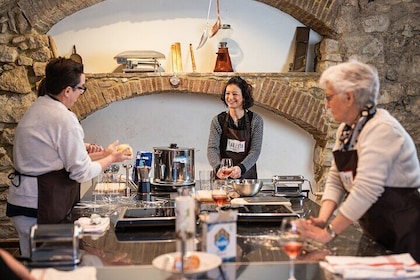Winding past many of Verona’s iconic landmarks, this waterway makes for a scenic and practical tour trail through the Città Antica.
Elegant bridges, scenic promenades and historic sights are some of the highlights of visiting the Adige River, which passes through Verona. After the Po, it is the second-longest river in Italy and flows through the city center with a wide channel. Walk along the riverside promenade and take in the excellent views of the water.
As the waterway enters the city center from the district of San Zeno, climb aboard the Ponte Risorgimento bridge and view the grassy slopes of the riverbanks. Head towards the city center, stopping off to let your little ones frolic in the children’s playground.
Visit the Arsenale Franz Josef I former barracks and museum. At this point in the river stands the Ponte di Castelvecchio that stretches from its namesake fortress. Note that the 14th-century bridge was reconstructed after being destroyed in World War II. Admire the blend of red brick and white marble in its design and study the medieval relics in the Castelvecchio Museum.
Continue your stroll along the riverside boulevard and visit the Arco dei Gavi and the 16th-century Canossa Palace. Nearby, the Romanesque San Lorenzo Basilica is one of the city center’s historic highlights, dating back to the 12th century.
Pass the Ponte della Vittoria and Ponte Garibaldi bridges and relax in the Cesare Lombroso Park. Take a look around the Parrocchia di San Giorgio in Braida and the Diocese of Verona.
Next, you’ll reach the reconstructed Ponte Pietra, which provides views of the Roman Theater. As the river winds out of the city center, marvel at the Umberto I statue and the Navi Bridge.
The Adige River crowns the northern end of the historic center of Verona. On its way to the Città Antica, it divides the districts of Borgo Trento and San Zeno. Arrive at the Verona Porta Vescovo railway station and walk west for 20 minutes to reach the river. Follow its trail to reach such nearby towns as Legnago and Bagnole, before getting to the Cavanella d’Adige, where it meets the Adriatic Sea.





